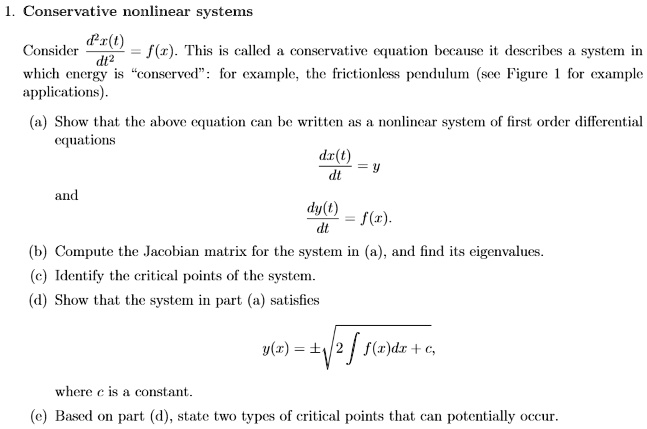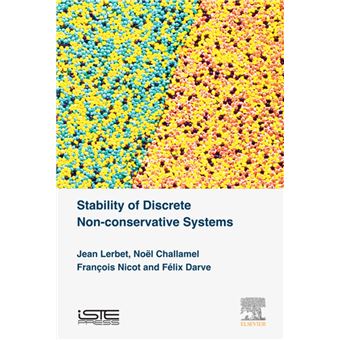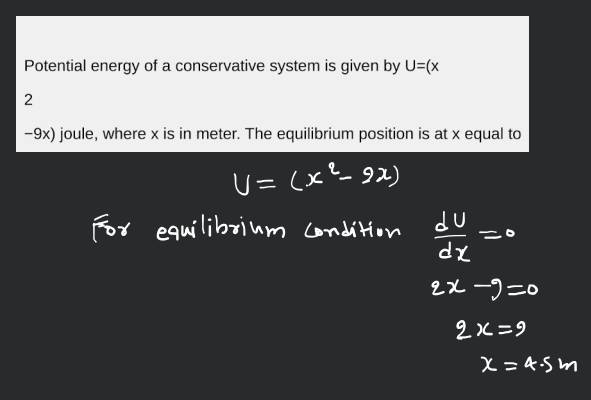
SOLVED: Hamiltonian canonical equations of motion for a conservative system are: dpk/dt = -dH/dqk dqk/dt = dH/dpk

Conservative & Nonconservative Forces, Kinetic & Potential Energy, Mechanical Energy Conservation - YouTube

The flow in the equilibrium region for the conservative system has the... | Download Scientific Diagram
A transition tube in the conservative system obtained by the boundary... | Download Scientific Diagram

SOLVED: Conservative nonlinear systems Consider the function f(c). This is commonly called conservative equation and is described by the equation STSLm M dt^2 which represents energy. For example, the frictionless pendulum (see

Schematic of a general SIR conservative system Where N 1 and N 2 are... | Download Scientific Diagram

The flow in the equilibrium region for the conservative system has the... | Download Scientific Diagram

CSIR-UGC NET - General Lagrange's Equation and Lagrange's Equation for Conservative System Offered by Unacademy

Stability of Discrete Non-conservative Systems - ebook (ePub) - Félix Darve, Noël Challamel, François Nicot, Jean Lerbet - Achat ebook | fnac













